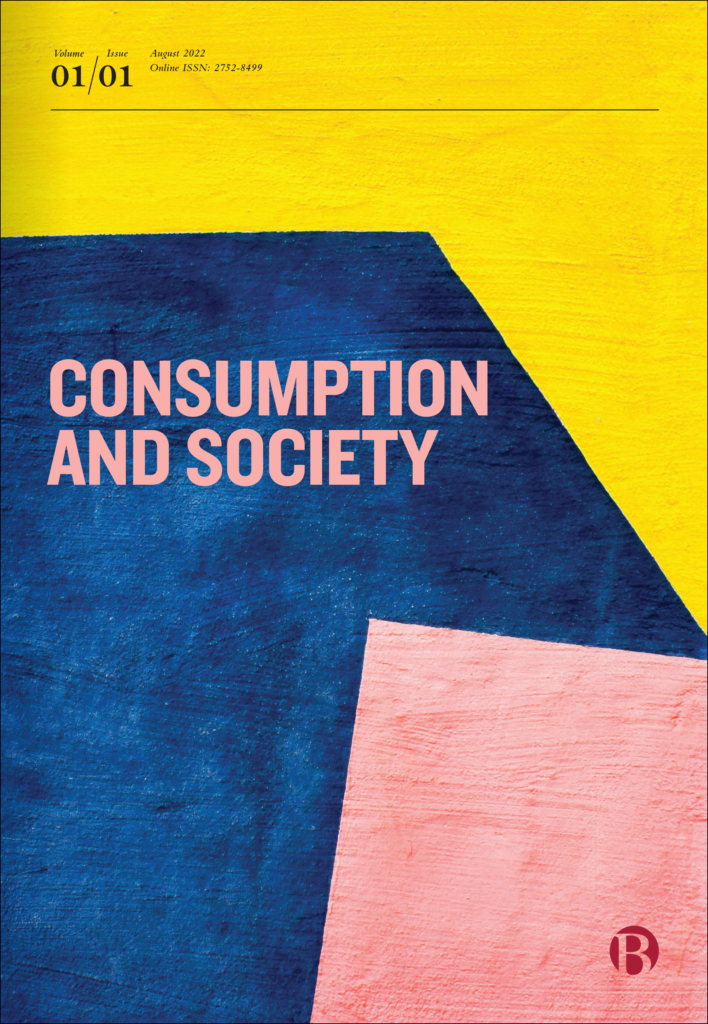In the context of the climate emergency and our need to reduce energy use and carbon emissions, transport is the most stubbornly hard-to-change sector. Accounting for 30 per cent of UK emissions, transport emissions only reduced by two per cent in the 20 years between 1997 and 2017.
Flying is the most climate-impacting single activity an individual can engage in, and avoiding one transatlantic return flight ‘saves’ as many personal emissions as driving for a year. Of course, the atmosphere doesn’t really care about personal emissions, and many argue that thinking like this individualises a systemic problem.
Unusually, compared to other energy-intensive activities, the dominant policy in this area is simply to encourage people not to fly. There have been no financial disincentives, no restrictions or rationing, and flying becomes more financially competitive every year as fuel is exempt from taxes. The industry was allowed to ‘regulate’ itself globally, but shows no sign of doing so; offering offsetting, promised engine efficiency improvements and future ‘green’ fuels as sops, while expanding annually. Tourist flight growth alone may make Paris Agreement carbon limits unreachable.
In these contexts, as part of studying the lifestyles of UK ‘high-energy consumers’, we looked at their flying and compared it to previous research on frequent flying, or ‘hyper-aeromobility’. Energy use is differentiated across society, primarily associated with disposable income, and flying is the most unequally distributed energy-consuming and travel activity. Therefore only a few people would have to reduce their flying to make a huge difference to carbon footprints. In deliberative workshops we held, everyone including high consumers largely agreed that luxury and frequent flying was fair to target with policies.
In our article in Consumption and Society, we researched the lifestyles of people with large houses, multiple cars and high mileages, including some hyper-aeromobile individuals: a third of our sample flew more than five times a year, and some 60+ times; once every six days on average. Our article asked what is driving such hyper-aeromobility for a relatively small proportion of the population? Previous research has identified a huge number of ‘drivers’: individual, particularly psychological; sociological and cultural; sociodemographic; material, spatial and infrastructural; political; and affecting specific forms of travel.
We argued that there is a tendency in research and policy to think of ‘flying’ as a simple behaviour, similar to decisions of whether to buy one product or another, or to take the car or bus, resting on the more ‘behavioural’ drivers: cost, time, comfort, convenience. These clearly do have some influence. However, we argued for the greater importance of more recent analyses of sociological and cultural drivers, along with the growing systems of provision – ever expanding, nearby airports, with more and more available flights to more destinations. Demand is generated by supply, rather than preceding it.
Our data seemed to confirm that hyper-aeromobility is strongly influenced by more sociological drivers: it is inherited from parents in socialisation processes, it is used to maintain more internationalised social networks, it is linked to class, education and disposable income, and it is becoming a ‘social norm’. Our most frequent flyers had childhoods with foreign holidays, had friends and work responsibilities abroad, went to foreign stag weekends, weddings and honeymoons, and travelled for novelty and to avoid ‘the usual tourist places’. Furthermore, these were ongoing processes; they were training their children in hyper-aeromobility and encouraging them to see flying as intrinsically linked to leisure, achievement, freedom and independence. These things might be harder to change through ‘behaviour change’ policies of information provision and persuasion (because frequent flying is part of people’s core cosmopolitan identities and the practices that make up ‘the good life’ for them) and pricing (because they are already rich).
All this suggests that ‘behaviour change’ encouragement is failing, and some form of active restraint is instead required. This could be in the form of restricting individuals through carbon taxes or frequent-flyer levies, but better through an absolute mileage budget or rations. Better still would be a systemic solution: taxing the fuel and carbon at source to tackle the aviation industry itself, or a restriction on supply (e.g. stopping airport expansions and the proliferation of flights).
Although what matters for the climate is not how often individuals fly, but the total number of flights, something similar to ‘flight shame’ and tackling the links between frequent flying and social success is needed to stop the socialisation of new frequent flyers and to stop their emulation by more and more people. Before tackling how to make hard-earned annual foreign holidays (which only 50 per cent of British people take) possible by cheap overnight trains, this means tackling the four-yearly, monthly and even weekly flying of the 15 per cent of people responsible for 70 per cent of airline seat bookings.
Noel Cass is Research Fellow in Energy Demand Behaviour in the Institute for Transport Studies at the University of Leeds.
 Hyper-aeromobility: the drivers and dynamics of frequent flying by Noel Cass. Available on Bristol University Press Digital.
Hyper-aeromobility: the drivers and dynamics of frequent flying by Noel Cass. Available on Bristol University Press Digital.
Bristol University Press/Policy Press newsletter subscribers receive a 25% discount – sign up here.
Follow Transforming Society so we can let you know when new articles publish.
The views and opinions expressed on this blog site are solely those of the original blog post authors and other contributors. These views and opinions do not necessarily represent those of the Bristol University Press and/or any/all contributors to this site.
Image credit: Skyler Smith via Unsplash


